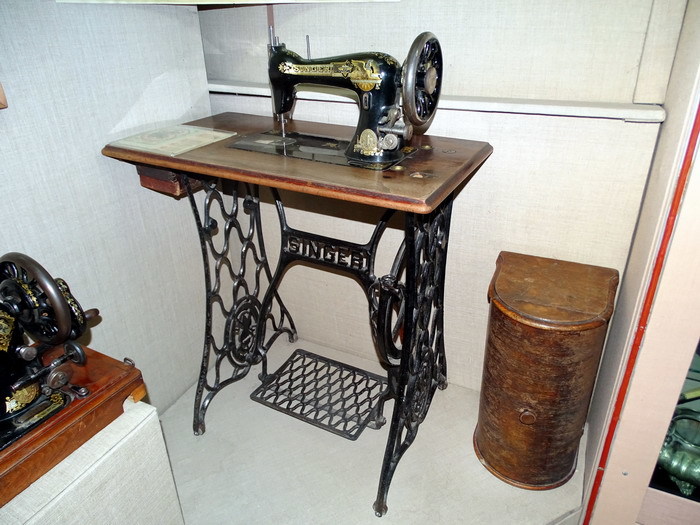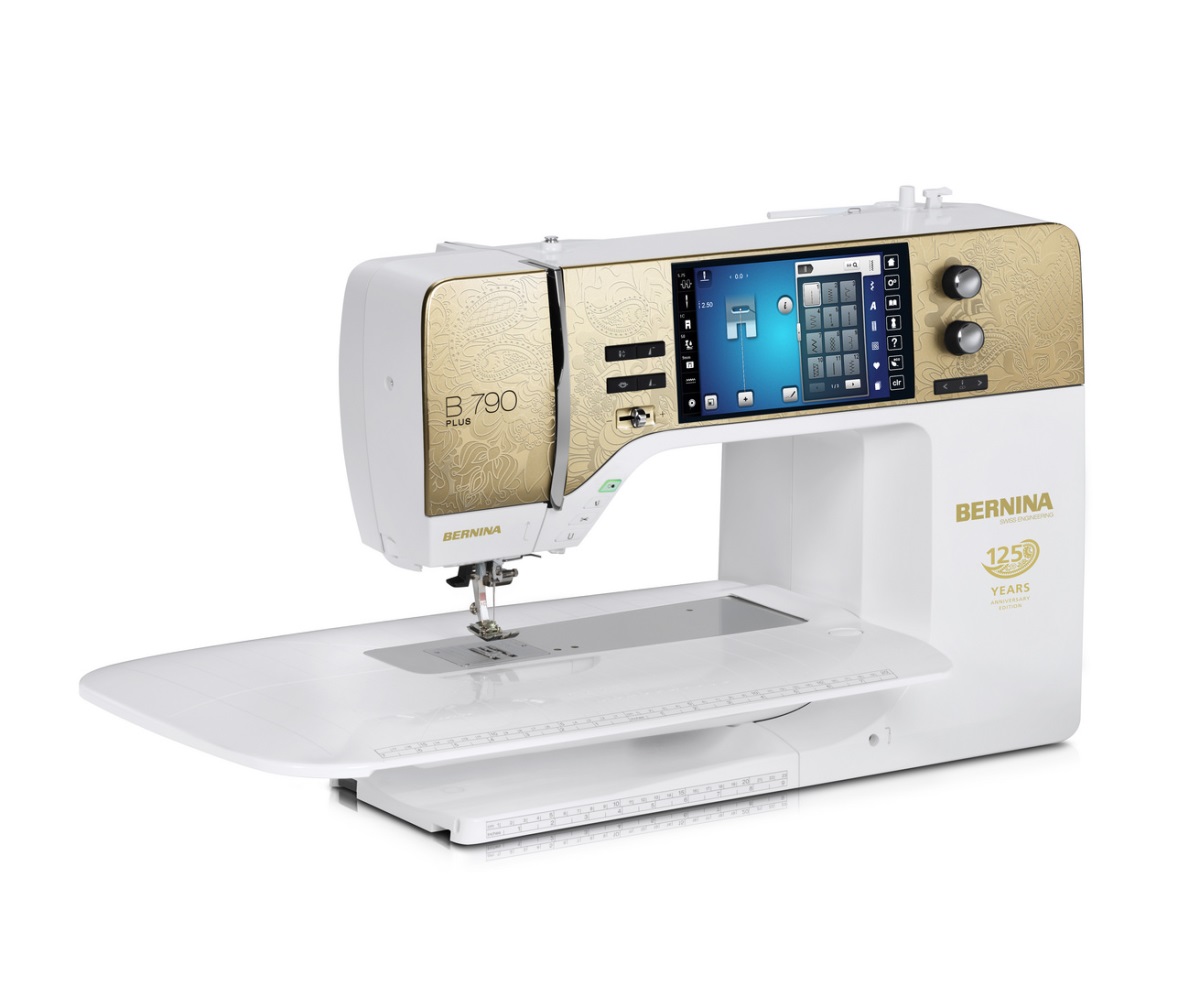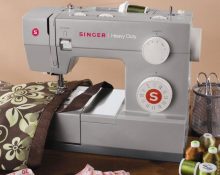There are different types of sewing machine drives. There are still manually operated examples, but modern models are complex mechanisms with a huge number of functions. A lot depends on the type of drive: the more primitive it is, the more physical effort sewing on a machine requires.
What kind of drives do sewing machines have?
Older models were driven by hand or foot drives. A little later, electric-powered machines appeared, and today needlewomen work on computer-controlled devices.
Let's look at each type of drive in more detail.
Manual
The simplest option when it comes to mechanics. However, sewing on such a device is extremely difficult. A special handle is attached to the flywheel here, which must be turned for the machine to sew. This is inconvenient for a number of reasons:
- the right hand is busy, you can actively work and regulate the sewing process only with the help of your left hand;
- fatigue from such work accumulates quickly;
- Sewing thick fabrics by hand is especially difficult.
It is not surprising that replacements for manual machines were quickly found.

Foot
Such a machine has a bed - a platform on which a special pedal is located. To sew, you have to constantly press on it with your feet.
Of course, a foot drive is more convenient than a manual one. At a minimum, because the seamstress’s hands are free. But it also requires physical effort, and your legs get pretty tired after a long time of sewing.

Modern sewing machines - classification by type of control
The world of household sewing equipment does not stand still. Therefore, hand- and foot-controlled cars were quickly discontinued from production. For a long time, electrical appliances were in demand, but in the 21st century they were replaced by modern machines with many options.
At a certain period of time, these machines were affectionately called “seamstresses,” and their main feature was the engine hidden in the body. Management can be different:
- Mechanical with a lever system. Nowadays such models seem quite simple due to the limited number of options.
- Electromechanical. Individual functions here are regulated using buttons, but a lever system is also provided. A more advanced machine that can become an excellent assistant for any needlewoman.
- Electronic or computer. Complex technology with many functions. Control – touch or button. Physical effort on the part of the seamstress is reduced to a minimum: it is necessary to monitor the position of the fabric during work and control the process.

In stores today you cannot find machines with manual, foot or electric drive. Such devices are passed down from generation to generation, sold in antique shops or “work” as exhibits in museums. In our computerized world, even sewing has become a technological process.


 1
1




